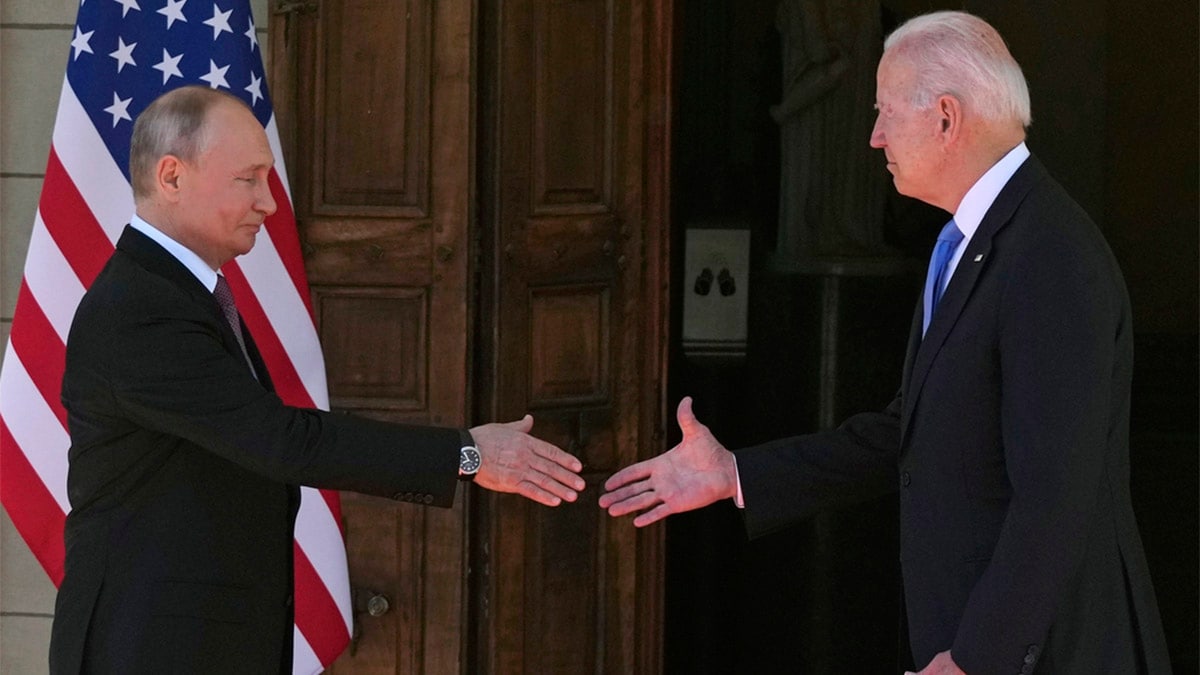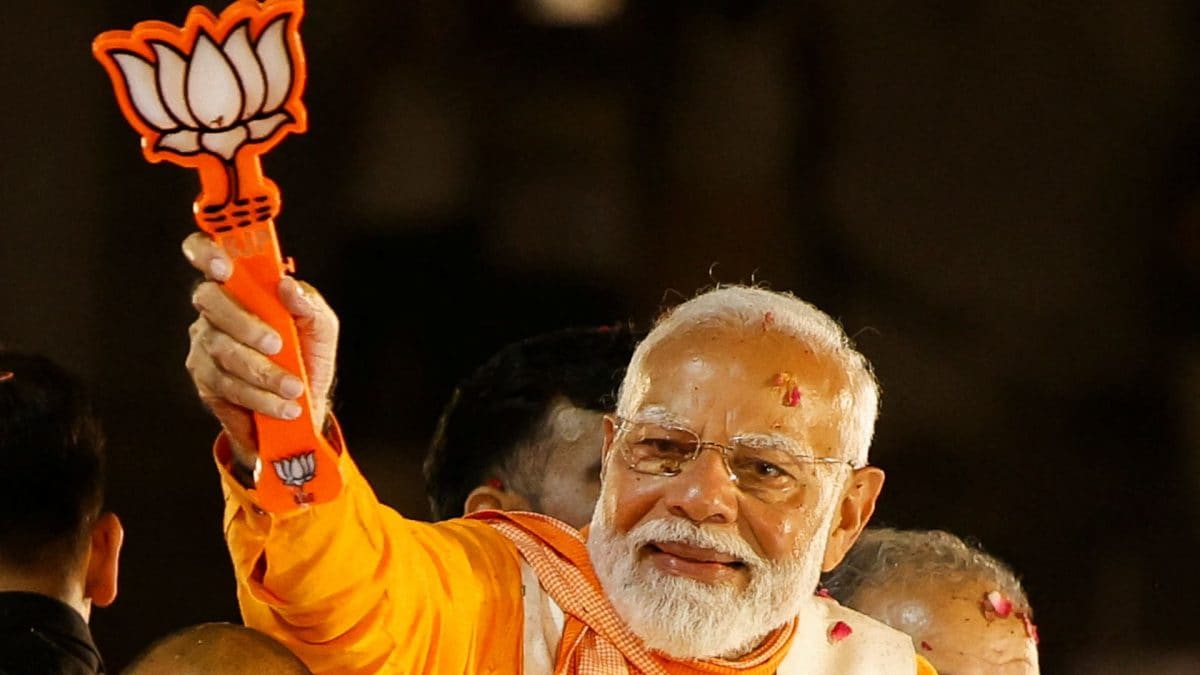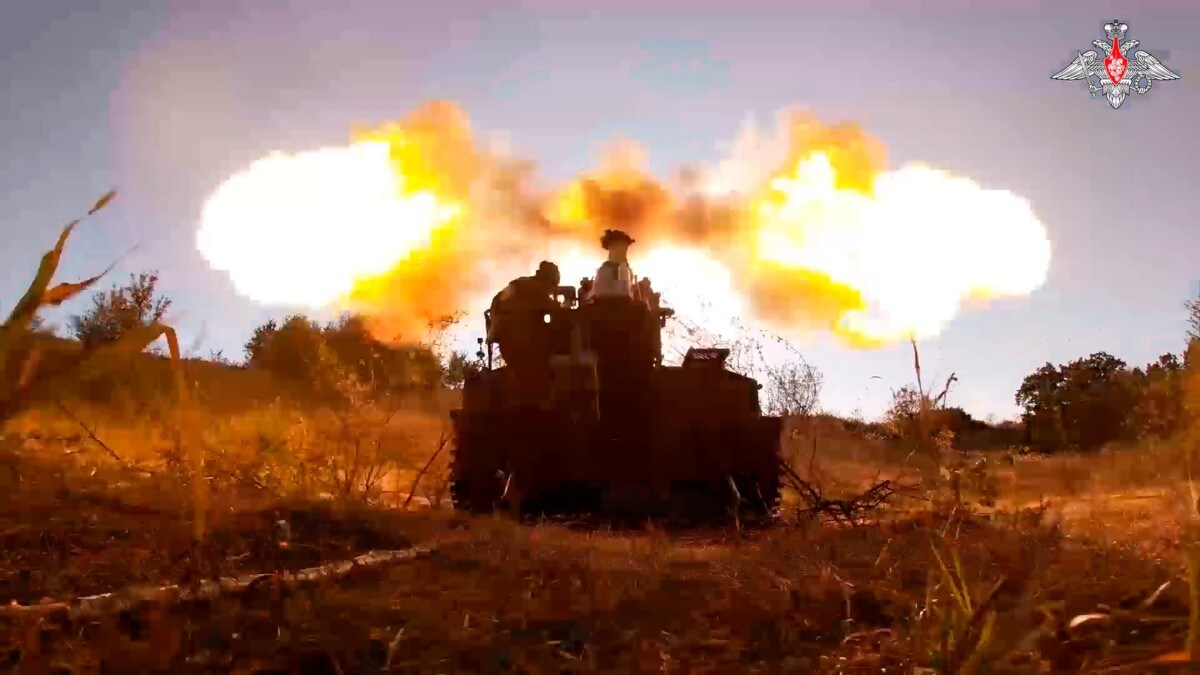
The war in Ukraine, after 1,000 days, is edging ever closer to a potentially catastrophic escalation, as recent decisions by both the United States and Russia underscore the growing risks of a broader conflict. US President Joe Biden has reportedly approved the use of US-supplied long-range missiles by Ukraine, despite significant concerns that this could provoke a harsh reaction from Russia. Meanwhile, Russian President Vladimir Putin has signed a decree updating Russia’s nuclear doctrine , signalling a more aggressive posture in the event of a conventional attack by a non-nuclear nation supported by a nuclear-armed country.
Ukraine was quick to act on Biden’s approval by targeting the Bryans k region (Russia) with six ATACMS missiles. Russia has yet to respond, marking a critical moment in the war that could reshape international geopolitical tensions in the coming months. Biden’s decision: A risky gamble President Biden’s authorisation to supply Ukraine with long-range missiles, such as the ATACMS, to target Russian infrastructure has sparked heated debates among military analysts.
While the White House and Pentagon have yet to officially confirm this, US media reports suggest that Biden has given the green light for these weapons to be used in the ongoing conflict. The rationale provided is that North Korea’s involvement in supporting Russia represents an escalation, prompting the US to accede to Ukraine’s demands for such weaponry to bolster its firepower and sagging morale. It is believed that operating these missiles requires US expertise and guidance systems, which Russia interprets as direct NATO involvement in a kinetic, contact war, warranting an appropriate response.
Some analysts have warned of the potential for this decision to escalate the conflict further, stating that “Biden has lost the election and has nothing more to lose from the decision, which only furthers the cause of fighting Russia till the last Ukrainian to help out its deep state or arms lobby. This move is also seen as an attempt to avert embarrassment for Democrats if Ukrainian defences crumble under Trump’s presidency. With Ukraine now using these missiles to strike Russian territory, a significant Russian military response is anticipated, which can create conditions of involving the US directly in hostilities with Russia.
Politically, Biden’s decision could also be interpreted as an effort to entangle the future US administration under President-elect Donald Trump in the war, potentially derailing Trump’s election promise of ending it. Interestingly, neither the White House, the Pentagon, nor President Zelenskyy has openly confirmed the decision, perhaps to maintain plausible deniability and mitigate the risk of provoking a harsh Russian retaliation. Since Ukraine is likely to bear the brunt of any Russian response to such decisions, some NATO nations that support Ukraine believe they have little to lose militarily as long as their own soldiers are not involved in combat or returning in body bags.
They believe that in order to keep Zelenskyy’s defences from collapsing until early 2025, or to put him in a position where he can engage in meaningful discussions, it is crucial to provide him with continuous military and financial support as well as to raise his morale. Miscalculations and battlefield realities The Biden administration’s decision to send long-range weapons to Ukraine seems to have been driven by Ukrainian President Volodymyr Zelenskyy’s persistent demands for more advanced weaponry to push back Russian forces. However, it might be a calculated risk/miscalculation on two counts depending on Russian response.
First, by supplying long-range missiles with potential NATO guidance, the US is effectively defying President Putin’s warnings. Earlier in ongoing war, there were occasions when Putin did not follow up his threats of escalation when battle tanks and F-16 aircrafts were supplied to Ukraine; hence, Biden’s advisers feel that Putin may not follow up with nuclear options or striking some NATO target. Second, the use of long-range missiles may not be a game-changer on the battlefield.
While these missiles could damage Russian infrastructure, they are unlikely to alter the fundamental dynamics of the war, where Russian forces have been making steady territorial gains in the east and south of Ukraine. The use of advanced weapons, while symbolically important for Ukraine, may not be enough to reverse Russia’s momentum or lead to a decisive shift in the conflict’s trajectory; hence, may not provoke a violent response of the magnitude that NATO can’t handle. Ukraine is short of trained manpower to hold on to its frontline and standoff strike weapons can’t compensate for this weakness.
Putin’s nuclear doctrine: A dangerous new path As tensions rise, President Putin has also taken steps to reinforce Russia’s military posture. In a move that signals an increasing willingness to use nuclear weapons in response to conventional aggression, Putin signed a decree updating Russia’s nuclear doctrine. The decree includes several key provisions that could fundamentally alter the strategic calculus in the region.
Under the new doctrine, nuclear deterrence is explicitly aimed not only at individual adversary states but also at military coalitions—especially those that possess nuclear weapons. Crucially, the doctrine now considers the participation of nuclear states in supporting a non-nuclear state’s aggression against Russia as grounds for considering the conflict a “joint attack.” This update marks a significant shift in Russia’s stance, emphasising that any attack on Russia by a non-nuclear state—if supported by a nuclear power—could trigger a nuclear response.
Furthermore, the updated doctrine asserts that nuclear deterrence will be in effect at all times: in peacetime, during periods of immediate threat, and in wartime, right up until the potential use of nuclear weapons. These revisions suggest that Putin’s government is willing to escalate the conflict further, with nuclear retaliation now seen as a legitimate response to conventional attacks supported by nuclear powers, such as NATO. Maintaining a strong, battle-ready nuclear arsenal has been a part of Russian strategy and it has invested heavily in it.
The impending escalation The risk of escalation is now clearer than ever. In the coming months, both Russia and Ukraine are likely to continue jockeying for advantage before the new year. Ukrainian forces are focused on resisting further Russian territorial advances, particularly in areas like Kursk and Donbas, where Russia has made notable gains.
On the other hand, Russia is aiming to solidify its control over critical areas and create conditions that make Ukraine’s NATO membership virtually impossible. Russia continues to escalate its offensive, launching missile and drone barrages targeting Ukraine’s energy infrastructure and wearing down Ukrainian defences through intense attrition warfare. In response, Ukraine is bolstering its firepower with US-supplied long-range missiles.
In the most recent incident, Ukraine fired six ATACMS missiles at Russia’s Bryansk region. While five missiles were intercepted by Russia’s advanced S-400 and Pantsir air defence systems, one was damaged, with its fragments causing a fire at a military facility. Although not decisive, this attack highlights the escalating risks of a broader conflict as both sides continue to trade blows on the battlefield.
NATO’s strategic blind spot? The broader question remains: Has NATO truly considered the long-term implications of its support for Ukraine? It appears that the alliance may not have fully accounted for the ultimate goals of the conflict, particularly with regard to conflict termination and avoiding direct confrontation with Russia. The prospect of a prolonged, protracted war could jeopardise Europe’s stability and security in ways that have not been thoroughly addressed. For Russia, the objectives are relatively straightforward: solidifying territorial gains in eastern Ukraine, securing the Donbass region, and preventing Ukraine’s NATO accession.
For the West, however, the stakes are higher, as NATO’s involvement increases the risk of a direct clash with Russia. As both sides continue to escalate, the international community must be prepared for the possibility of an even more intensified war—and the potential for a nuclear confrontation that could have catastrophic consequences, which no one would want to imagine. As the war reaches its thousandth day and moves into the final months of 2024, the risk of escalation remains ever-present.
Ukraine’s use of US long-range missiles could trigger a strong Russian response, while Putin’s update to Russia’s nuclear doctrine has created a dangerous new pathway toward the potential use of nuclear weapons, reminiscent of the Cuban Missile Crisis. How deeply these decisions will plunge the opposing sides further into war, risking humanity, remains to be seen, but the clock is ticking, with peace remaining a distant dream. The author is a strategic and security analyst.
He can be reached @asthana_shashi on X. Views expressed in the above piece are personal and solely those of the author. They do not necessarily reflect Firstpost’s views.
.














